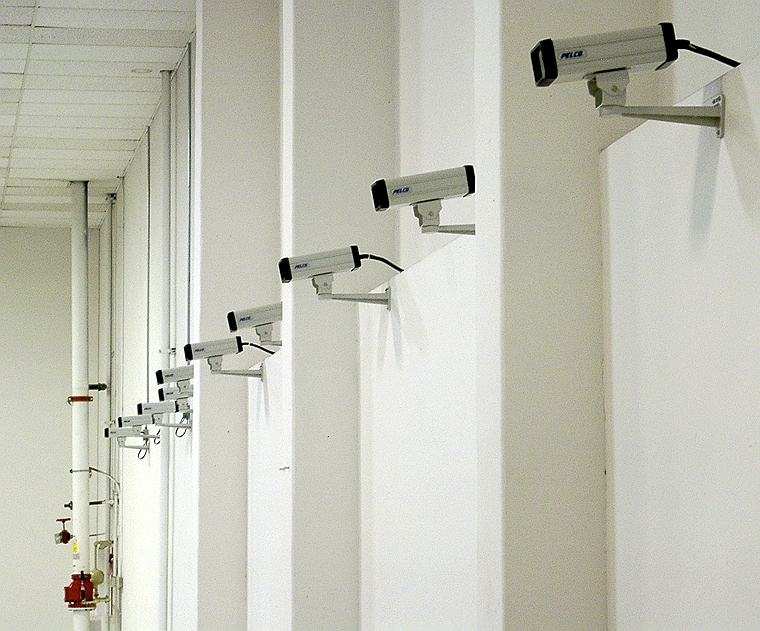Software-defined modular collocation - why is it needed?

Colocation is a very popular service. Many companies prefer to place their equipment in someone's data center, instead of creating their own. According to analytical companies, the colocation services market is now growing at 11% per year.
Unfortunately, many owners of data centers for many years working on the same scheme in terms of providing colocation services. But the market is constantly changing, and companies are now much more likely than before, changing business needs, goals and objectives. Accordingly, there is an increasing need for flexibility in the services of the data centers where the equipment is located. But this is where the problem manifests itself - most of the colocation service providers work with the standard package of services, without providing the necessary flexibility. The solution in this case can be software-defined collocation.
The advantages of this solution include, for example, scaling. There has already been a lot of talk and writing about it, there is simply no point in repeating. Modular data centers help large and not-so enterprises to provide optimal operation of equipment and services. Standardized solutions provide the ability to implement solutions that will meet IT standards both now and in the future. In addition, the modular data center allows you to quickly adapt hardware solutions to the current needs of the enterprise, in case they quickly changed. If the company now has not too many services, but in the future needs will grow (and you are sure of it), then scaling is what you need.
')

The modular data center allows you to not be afraid of the future, increasing the performance of equipment. If necessary, it will be possible to quickly and painlessly increase the amount of the equipment itself.
Thanks to all this, modular data centers can increase the efficiency of operation of equipment and the entire infrastructure of the data center as a whole. The company, as a result, receives significant savings. This is relevant both for cases when the company does not use all the data center resources that it has, as well as cases when you have to pay for additional workload or move to a more powerful data center if you need to expand your own capabilities. Software-defined modular collocation allows you to pay only for the resources used, and not for a fixed package of services. Otherwise, the client has to either pay for services that are not needed, or to overpay for exceeding the initially agreed limit.

The modular technology also provides additional security for the company's equipment. This is especially true when each module has its own protection.
Modularity also solves the problem when companies-clients of a modular data center need different applications and services, for which, in turn, they need to provide different infrastructure solutions. In a standard data center, in most cases, it is impossible to ensure that such a task is performed. The modular data center solves the problem without problems.
The traditional model of colocation is tied, above all, to the equipment and structure of the data center building. First, infrastructure is designed, and then - tools for monitoring, managing and optimizing data. In some cases, this makes it impossible for the flexible management of their services, services and data. A software-defined modular solution puts software at the forefront. You could even say that software is the heart of the data centers of the future.
At the same time, modular DCs, as well as usual ones, are subject to previous requirements regarding security and monitoring. In particular, such a data center should take into account all aspects of physical and cybersecurity.

Security measures should include video surveillance (for example, in the case of the Hurricane Electric data center in Fremont, USA), “traps” for outsiders with retinal scanners or other types of scanners, fireproof materials for walls and doors, and other measures. In addition, even when designing a DC, it is necessary to take into account actions during catastrophic events (hurricanes, hacking, floods and all the rest).
In addition, in the data center should be provided with good network connectivity and outputs to various companies. The network must have a large number of points of presence, with the ability to connect IP-transit services. There should be connections as main exchange points, with traffic exchanges with large networks. Critical sections of the network infrastructure must be duplicated.
Source: https://habr.com/ru/post/312426/
All Articles